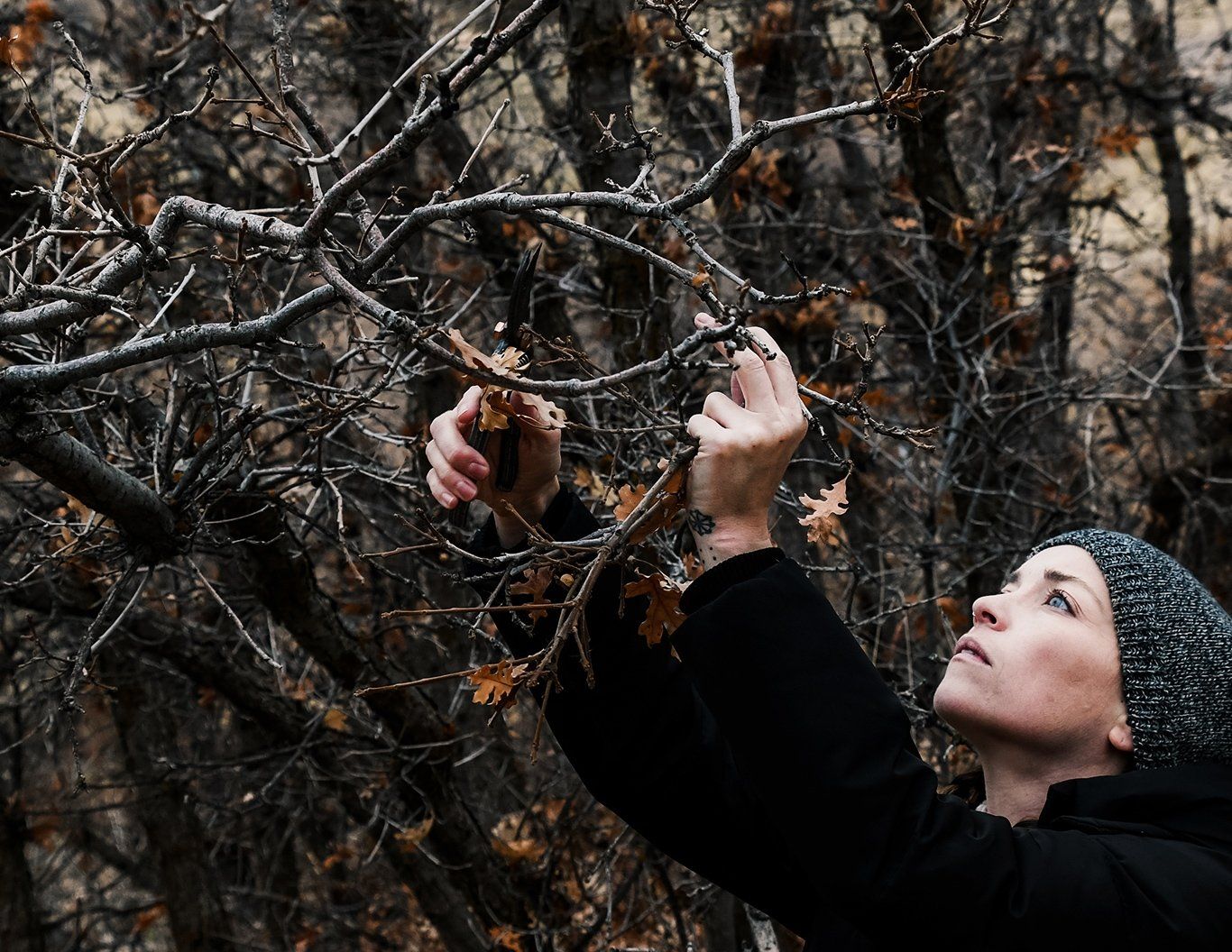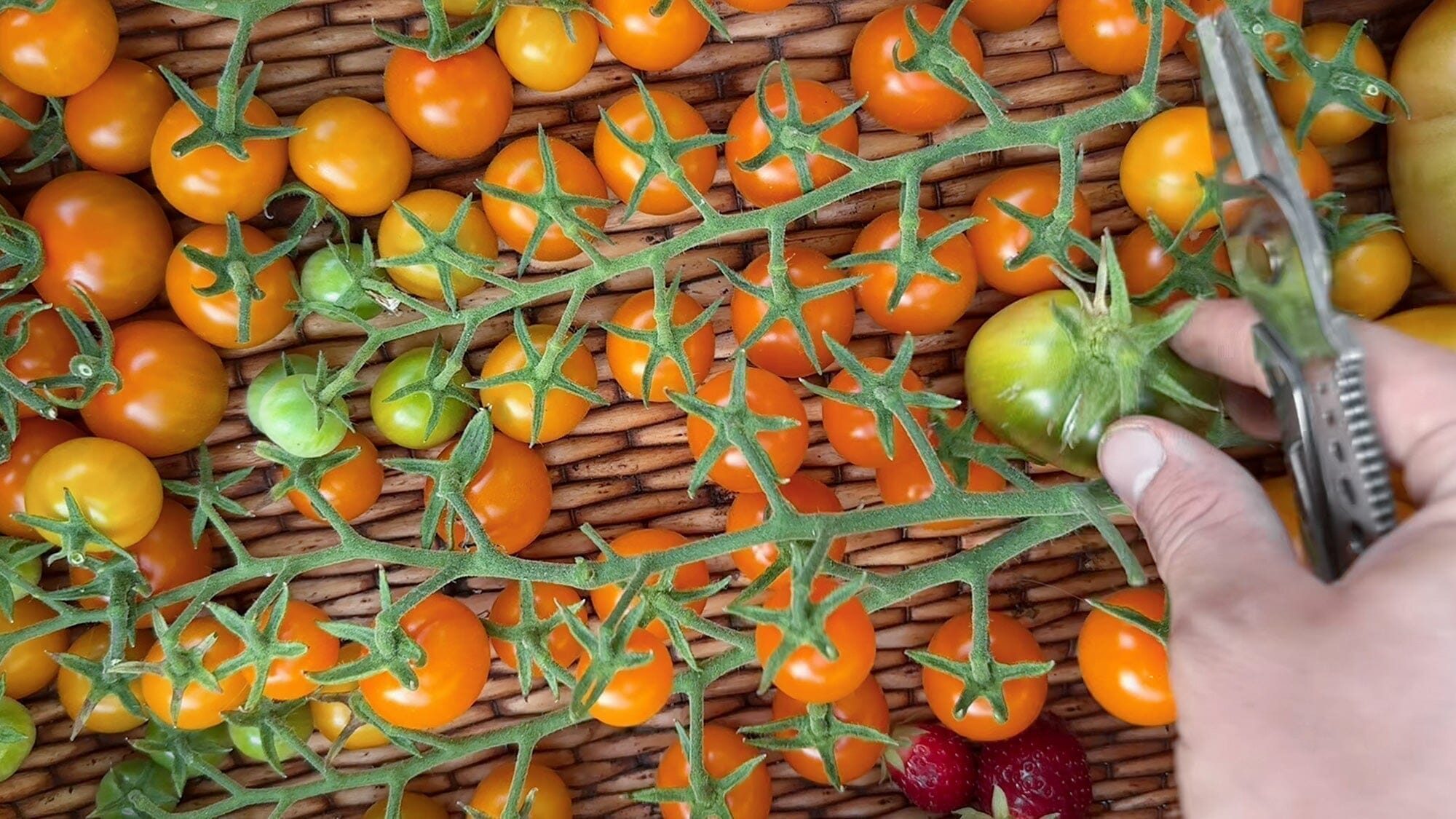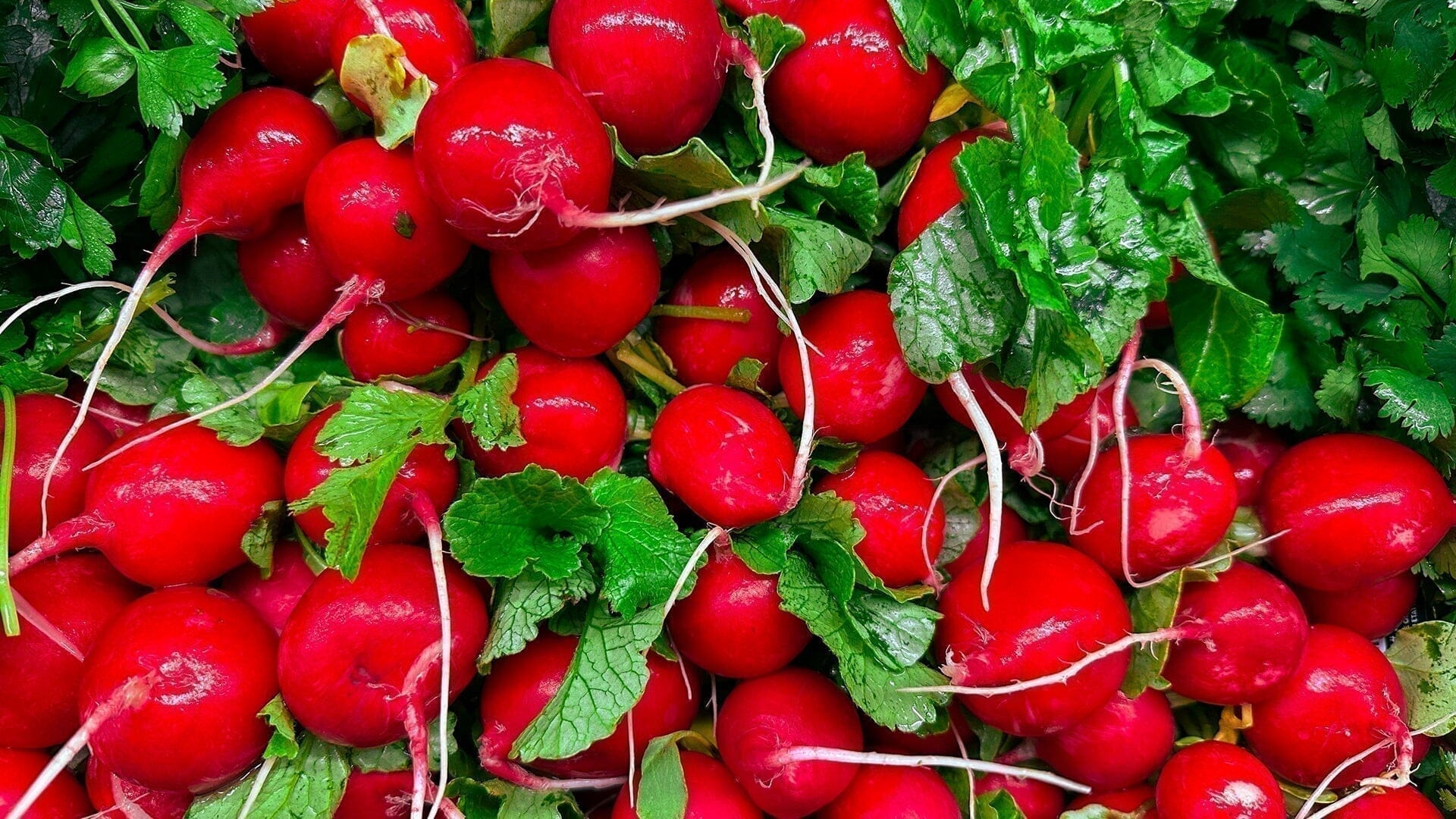Guest post by Jenevieve Hubbard, Wild Flora
In preparation for a backyard dinner party, Jenevieve embarked on a winter foraging trip. She shares tips on cold-season foraging below. In her next post, she will give ideas for arranging the finds from your exploration

Early winter is an excellent time to sit and feel gratitude for everything we have been given; our friends, our family, the roof over our head (no matter how modest), and maybe a few of the things we own that have true meaning. It’s also the best time to go outside in the afternoon, while the sun is shining and still high in the sky, bundled and warm to explore the foothills and forest and remnants of your garden for what might be gathered—and remember the natural world has not closed up shop.
A hand-gathered arrangement, no matter how simple, offers so much love and warmth to the table around which your friends and family will gather over the holiday season.
WINTER FORAGING STEP 1 // Gather Supplies
Here’s what you’ll need for your own winter foraging adventure:
- A warm coat and hat
- A solid pair of boots
- Fingerless gloves
- Barebones gathering bag
- Barebones pruners

WINTER FORAGING STEP 2 // Venture Outside
The main thing to remember about winter foraging is to be open to anything. While evergreens are on the forefront of everyone’s mind this time of year, consider focusing instead on the rich gold and blonde of things available in November like dried rabbit brush, grasses, and wildflower pods. A clump of dried grass or lacy wildflower seed pods may at first glimpse seem unworthy of a formal arrangement, but these things take on a spirit of their own once placed on a table.

Winter Foraging Tips
- When foraging, volume is everything. Choose one or two things of which there is plenty and gather more than you think you will need.
- Grasses: Gather in your hand in clumps and clip at the base. Take as much as you like—grass loves to be cut and will come back strong in the spring. Tuck them away in your gathering bag.
- Wildflower pods: Clip at the base. Gather them in a loose bundle, secure with a bit of twine at the base, and just carry them in your hand for the duration of your trip.
- Tree branches & pods: Clip only as far back on the branch as you need, and up to the next branch at an angle with a sharp pair of pruners.
- Branches from evergreen trees and pine should be taken sparingly as they are slow growing and, in the case of pine, will not regrow from the original cut at all. If you are gathering from an evergreen, use care only to take branches from the base of the tree in more hidden areas unless the tree is specifically grown for cutting - to avoid an unattractive bald spot that my linger for some time. Pine branches should be cut at the base of the branch up to the trunk - being careful not to clip the bark. Evergreens like Spruce and Fir should be clipped far enough back to get a substantial branch, but not to the trunk, to allow for regrowth. Clip at the next segment of the branch to allow buds to grow and replenish the branch. If you need a large volume of evergreen branches, consider visiting a local tree lot and purchasing a full tree from which to make cuttings.
- As always, never gather wood, branches, or wildflowers from state or national parks but only where you have permission or have obtained a special permit from the Forest Service.
- There shouldn’t be anything gathered at this time of year that will need water with the exception of evergreen branches and holly. If you are gathering evergreen branches, remember you can fill your Foraging Bag liner a quarter of the way full with water (either before or on arrival if there is water nearby) and keep your branches hydrated for the trip home.
Once you have gathered what you like, go back and gather about 25% more of each of your three favorite things. The best table arrangements are comprised of two to three ingredients at most so having enough of what you want at your fingertips is key.
For tips on arranging your foraged finds, see Jenevieve's next post, Foraged Winter Arrangement. To read the full blog post in which she details her experience, visit her Journal.



